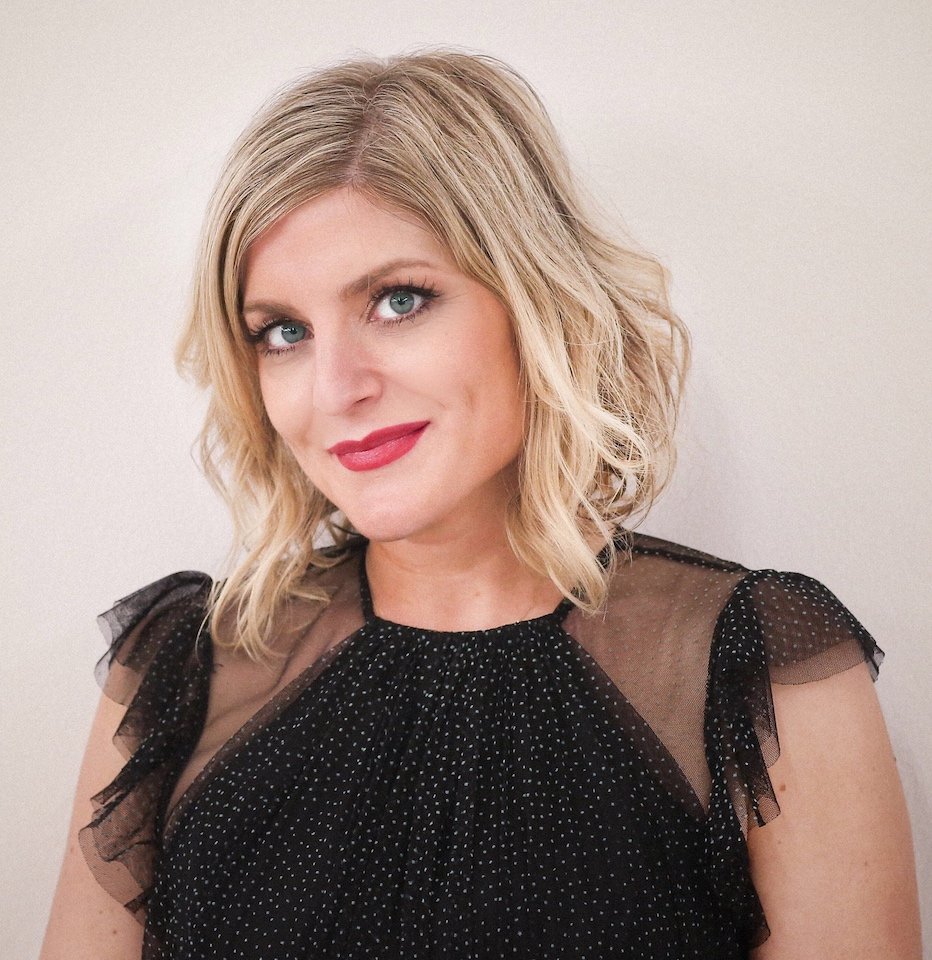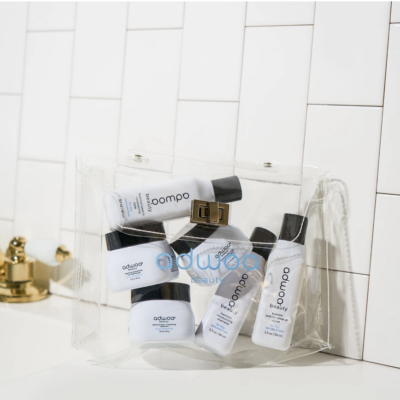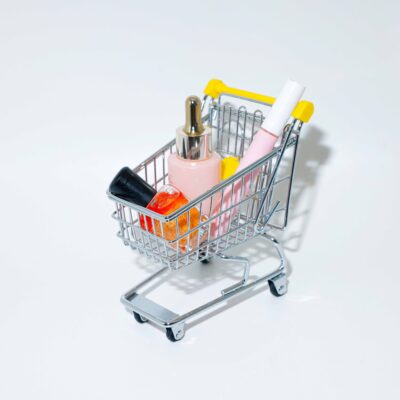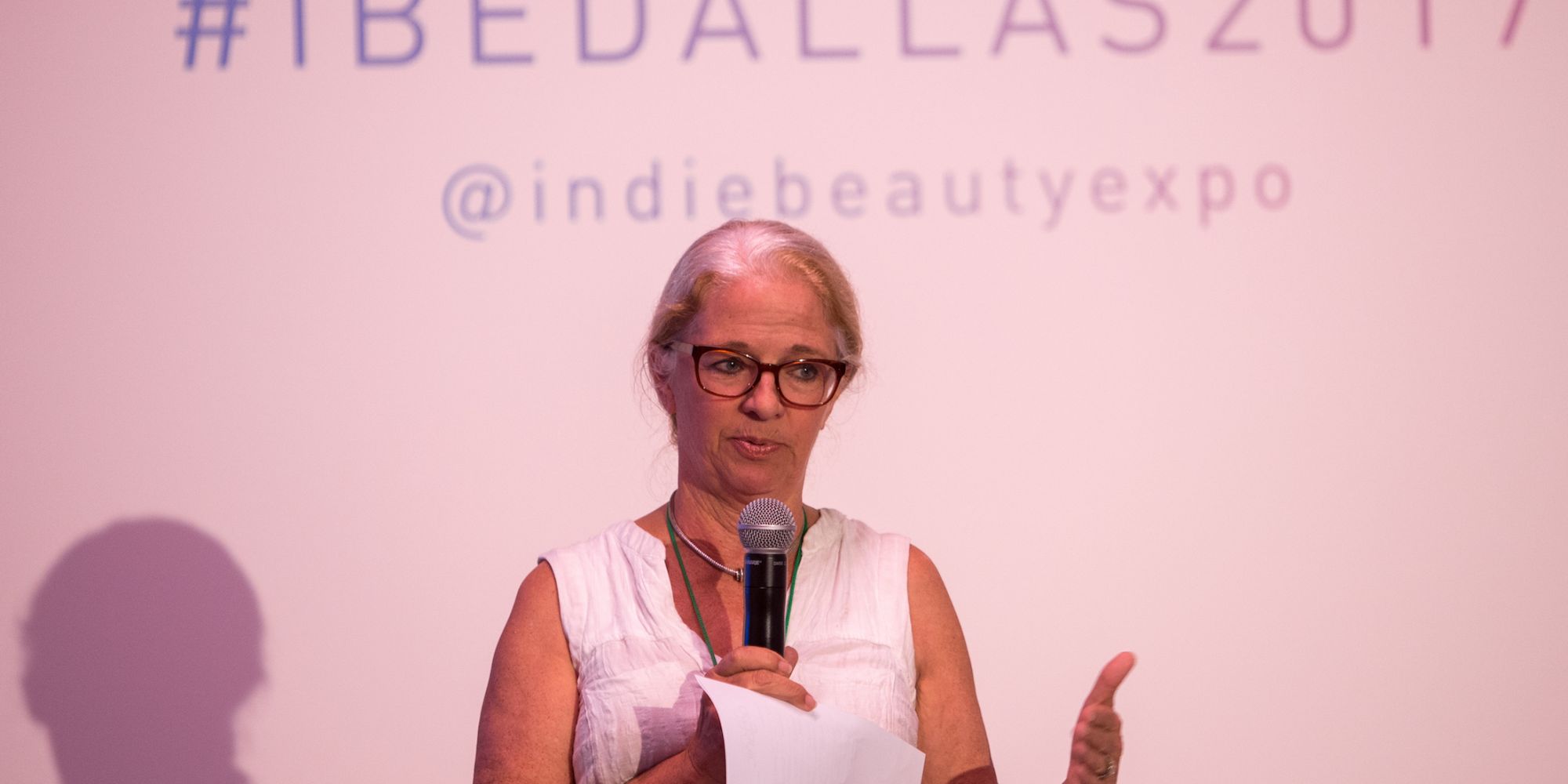
Gay Timmons, Godmother Of Beauty Ingredients, Is Aghast At The Rise Of Class-Action Lawsuits
Gay Timmons’ dander is up.
The founder of organic and specialty ingredient distribution company Oh, Oh Organic, and president of the Natural and Organic Health & Beauty Alliance (NOHBA) has seen what she believes are too many natural cosmetic-related class-action lawsuits lately. “Search ‘class action cosmetics natural,’ and you will be stunned at how much comes up on Google,” laments Timmons. The agriculture industry veteran and longtime advocate for regulatory clarity to assist natural producers and consumers senses the surge in litigation is only mounting, and argues brand owners must protect themselves by carefully adhering to regulations. “These well-intentioned [brand owners] are uninformed about things that can cost them a lot of money and put them in legal jeopardy,” she says. “These class-action suits hurt small companies and are hurting the industry as a whole.” Beauty Independent spoke to Timmons about the recent legal woes of brands and retailers as well as measures companies can take to prevent them.
WATCH OUT FOR THE FDA
Both the U.S. Food and Drug Administration (FDA) and the Federal Trade Commission (FTC) are concerned with label claims made by cosmetics companies, but they handle distinct types of claims and their actions produce different results. “A lot of people have learned about the FDA because they’ve gotten letters. [The FDA] will point out what you’re doing wrong and, then, you have to fix it. I’ve probably dealt with 20 letters myself,” says Timmons. “They [brands] will get a letter from the FDA. They’ll call me and, then, we’ll fix their website. After that, the FDA is fine.” Claims that usually lead to FDA letters are structure/function claims, which are drug claims that cosmetics aren’t allowed to make. Structure/function claims assert a product changes the physiological structure of the body. “If you’re saying the product is an anti-inflammatory, the implication is that it reduces the size of swollen skin or muscle cells. That is a structure/function claim. You’re saying that the physiological structure of the body is somehow functionally changed by this thing you put on it,” says Timmons. “[Making] that [claim] puts a product into the drug category, so either you need to apply for a drug license, which costs hundreds of thousands of dollars, or you have to take that word off in the context it’s being used.” The FDA permits less finite claims about the results consumers can expect from using a product. “There are softer ways you can say it, like ‘soothes symptoms of’ or ‘soothes the irritation of’ or ‘eases,'” details Timmons, who also recommends creativity as a solution to label liabilities. “There are a lot of adjectives in the English language. We can sell products without making medical claims.”
DON’T IgNORe The FTC
Compared to the FTC, the FDA is relatively easy to deal with because the FDA isn’t punitive. If a brand claims its product is anti-inflammatory, the FDA tells it to not make the claim, and the brand can modify its claim language. The claims overseen by the FTC are more challenging and have been the source of several recent class-action suits. “The FTC looks at claims that don’t really have legal backing, like ‘natural’ or ‘all-natural.’ This is an evolving problem,” says Timmons. Certain words or phrases on labels are triggers that increase the likelihood of legal action. “All-natural, all-organic, all-plant based, non-toxic, to me, could be problems. Those are the top phrases that cause me concern when I see them. Someone will walk into a store, look at label claims, and look for something that appears to be, whether it is or not, problematic and, then, they sue,” asserts Timmons. On her blog, she says that class-action lawyers have “found a new piggy bank” in small, natural cosmetics companies that use these or similar terms on their labels. “This also happened in the organic food industry. Lawyers know these are small companies and, because it costs so much to go to court, the companies will want to settle,” says Timmons. “Smaller companies will settle for $10,000 to $15,000, larger companies for $20,000 to $25,000. The suits will list six to 20 different companies, and they will walk away with a bunch of money because none of those companies want to go to court.”
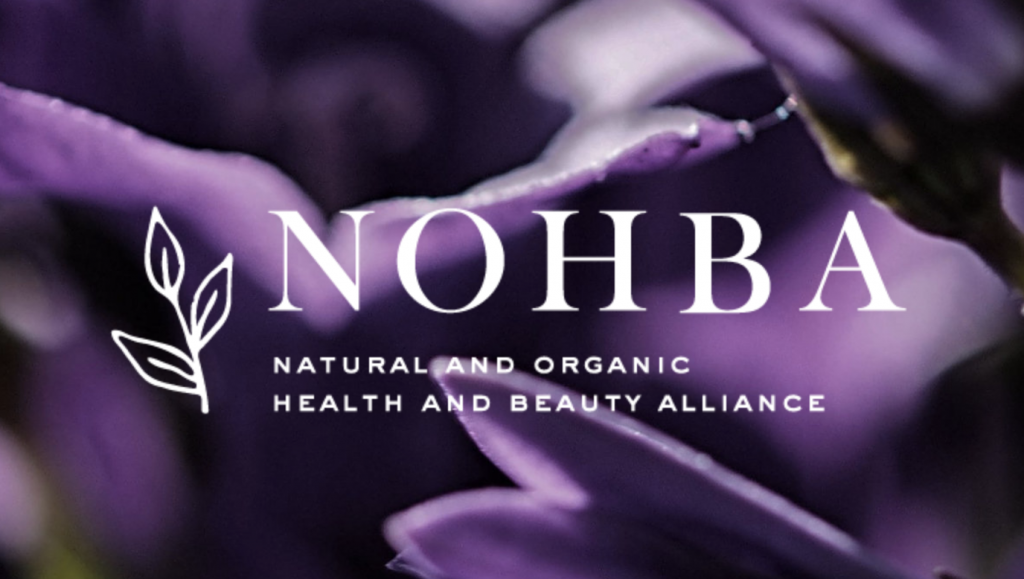 MAKE SURE Paperwork Is In Order
MAKE SURE Paperwork Is In Order
While Timmons’ frustration with the litigation situation is palpable, she’s clear about what needs to be done to combat the trend. “There is a solution to this, and the solution is [for brands] to work with professionals who can make sure that they’re protected,” insists Timmons. “Makers need to truly, deeply understand what’s in their ingredients and they need to clearly understand what they are saying on their label claims.” The first step is for brands to get rid of the word “all” on labels. Timmons pronounces any hyperbole should go. More importantly, brands should verify the ingredients they purchase. “If it’s organic, they [brands] need to ask for an organic certificate. If it’s gluten-free, they need a statement. If it’s natural, they need to ask for a production flow chart that actually shows how the ingredient was made. I have this for every ingredient I sell,” says Timmons. “Many indie brand founders who have been doing this at home don’t have access to certain professional information. They may not even be aware that it exists.” Makers should also ask for a composition statement, which will break down the contents of an ingredient. “Say you buy any extract [such as] witch hazel. Witch hazel comes in many forms. Frequently, it’s preserved with alcohol,” notes Timmons. “So, if you get a bottle and it says ‘witch hazel extract’, what you’ve likely purchased is witch hazel that has 30% alcohol. You need to know that.” Part of the missing or insufficient paperwork problem is due to growing pains: as a company expands, things start moving fast, making it difficult to take time to do the regulatory leg work. The fact that most websites serving smaller makers aren’t set up to provide documentary support is also a factor. “They [suppliers] have made a decision about who their customer is,” says Timmons. “If they believe that their customer is a hobbyist, and this is someone who’s making products for themselves, and they think the ingredients are essentially safe, then that’s fine to them. If you go to Mountain Rose Herbs and ask for certain documents, they just won’t give them to you because that’s not the business they’re in. They’re not serving professional manufacturers, even though they are.” Timmons is clear who her customer is. “I made my decision a long time ago. I don’t have a website where you can buy off the site because I deal with manufacturers, and that’s all I want to deal with,” she says. “I don’t want to deal with the hobbyists because we put a lot of work and value into the documentation we provide.” A brand founder should check receipts on its material orders to ascertain the relationship between its brand and a supplier. Timmons says, “If the supplier charges tax, that’s because it’s a not a wholesale product, it’s a retail product.”
 Due Diligence and Problem Ingredients
Due Diligence and Problem Ingredients
Brand founders can make label claims with confidence if they understand that ingredients have ingredients, and recognize what those sub-ingredients are and whether they are safe. Timmons cites emulsifying wax to drive home the point. “Emulsifying wax has ethoxylates in it. Ethoxylation is a method of making a chemical. Anything that ends in an -eth are all ethoxylates, so sodium laureth sulfate, for example. Ethoxylates all contain 1,4-dioxane, which is a carcinogen,” she says. “So, emulsifying wax has three different ingredients in it, but the INCI name is just emulsifying wax. Emulsifying wax sounds good, but it’s actually three different chemicals that are put together to make this emulsifier.” Timmons believes few indie brands have done proper ingredient and claim due diligence. “Only 10% to 20% have begun to recognize that they need to collect the documents and be sure they really know what’s in their products,” she estimates. “You can pretty much tell who has and who hasn’t by the kinds of claims they make when you go to their website.” The bigger indies working with private-label labs to manufacture products aren’t off the hook. “Those labs will give you that documentation, if you ask for it. The disconnect is, ‘if you ask for it.’ If you don’t know what’s in an ingredient, they are not going to volunteer that information. It’s up to you as a brand owner to understand that information,” says Timmons. She stresses professionals in the indie beauty segment should join forces to inform each other about ingredients and help ensure brands avoid regulatory trouble. “We are changing the cosmetics industry, consistently making products that are more sustainable, more effective, safer in many ways and less destructive overall to the environment,” says Timmons. “I really want to see that keep going. I don’t want people to get discouraged in that mission.”
